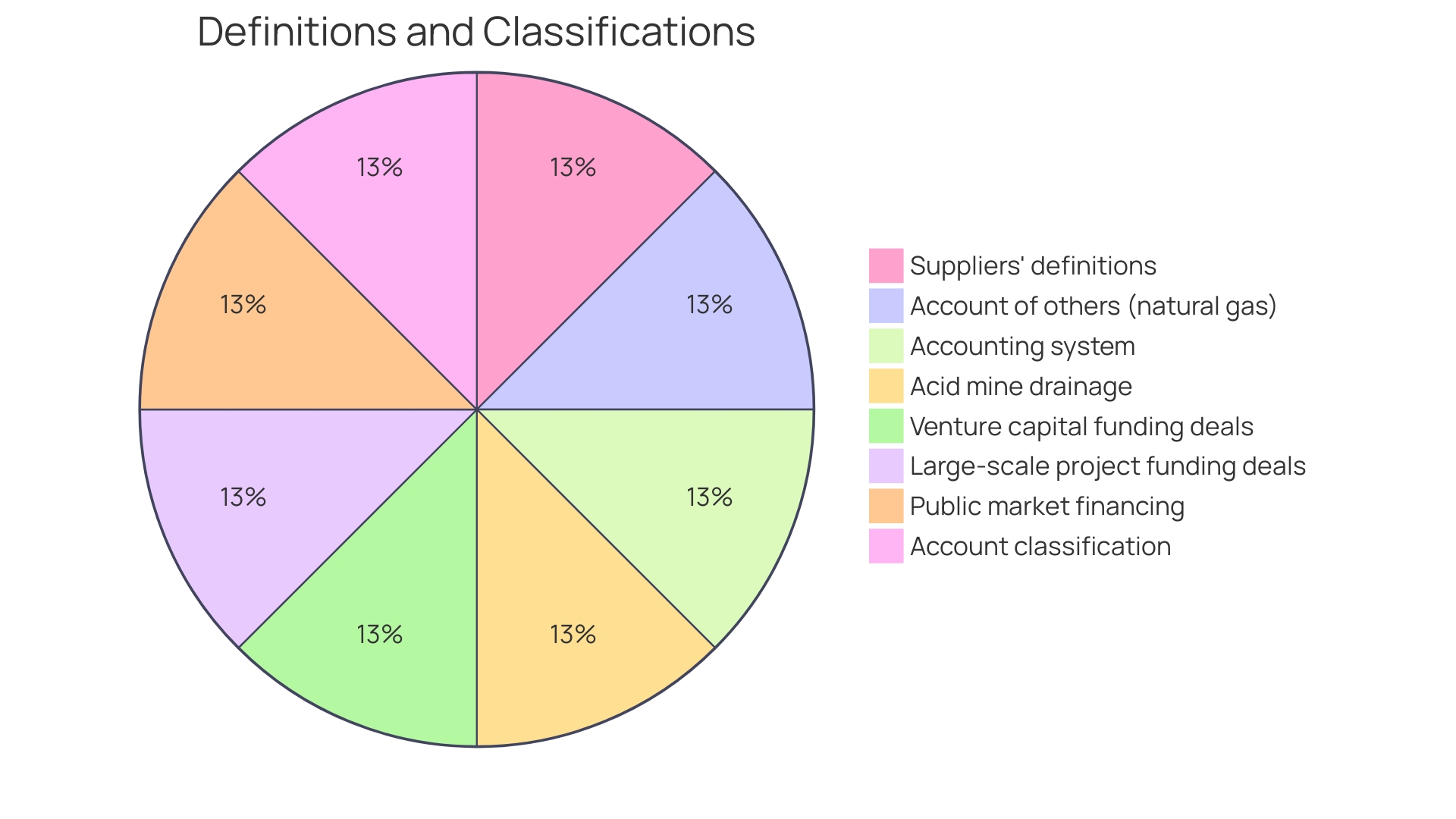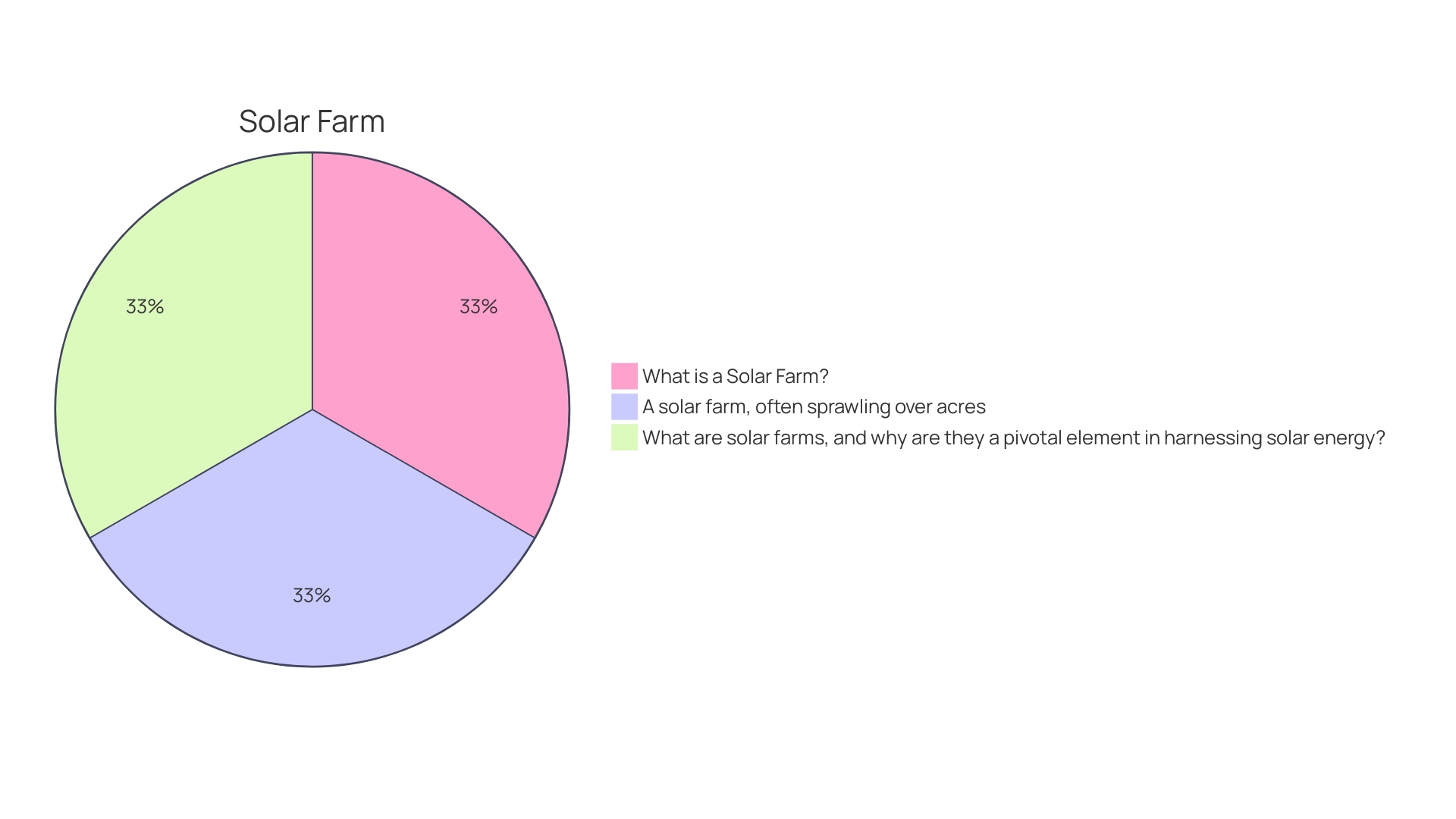Introduction
Solar energy projects present landowners with the opportunity for a stable and lucrative income through leasing their land. However, determining the lease payments for these projects involves considering various factors. The size of the land, its location, and accessibility all play significant roles in determining the payments offered by solar companies.
Additionally, landowners must navigate complex regulations and negotiate long-term contracts to ensure the viability of the solar project. Furthermore, the increasing demand for solar power and its contribution to sustainability goals make solar farms a valuable investment. By understanding these factors, landowners can negotiate fair lease agreements that benefit both parties involved.
Determinants of Lease Payments
Solar energy projects present landowners with the potential for a stable and lucrative income through leasing their land. The payments that solar companies offer for these leases hinge on a multitude of factors. A key determinant is the size of the land; utility-scale solar power plants typically require between 5 and 10 acres per megawatt of generating capacity.
The location and accessibility of the land also play a pivotal role, as they influence the amount of sunlight available for photovoltaic panels to convert into electricity. Moreover, landowners must consider the lengthy duration of solar land leases, usually spanning 20 to 30 years, which underscores the importance of negotiating a contract that accounts for the long-term use of the property. It's essential to navigate the complex landscape of local, state, and federal regulations, including zoning laws and environmental assessments, to ensure compliance and viability of the solar project.
Experienced solar companies can offer guidance through this process, making it crucial for landowners to partner with firms that have a robust understanding of the regulatory environment. Additionally, the shift towards renewable energy and the increasing demand for solar power underscore the importance of solar farms in achieving national and global sustainability goals. This demand not only benefits the environment by reducing carbon emissions but also stimulates local economies by creating jobs ranging from skilled technicians to support staff.
With these considerations in mind, landowners are well-positioned to negotiate fair and advantageous lease agreements with solar companies.
Factors Affecting Lease Rates
Lease rates for solar land leasing are influenced by multiple factors which landowners need to be cognizant of for securing competitive rates. The complexities of regulatory compliance, such as zoning laws, land use permits, and environmental assessments, play a significant role. Solar installations, often covering several acres, are subject to stringent local, state, and federal regulations.
These regulations are in place to mitigate environmental impacts, such as the loss of natural habitats and farmlands, which are vital for absorbing greenhouse gas emissions. For instance, the National Environmental Policy Act (NEPA) and similar state laws can introduce delays and high compliance costs, extending project timelines by several years.
The urgency of developing solar energy to address the climate crisis contrasts with the regulatory hurdles that can hamper solar project deployment. While placing solar arrays, particularly in less ecologically sensitive areas like deserts, presents fewer environmental concerns than fossil fuel exploitation, the permitting process alone can span 2-5 years, with grid interconnection potentially extending to 10 years. This is due in part to the requirement for detailed environmental impact statements, which add to project costs and complexity.
Moreover, utility-scale solar farms require a considerable amount of land, with the Solar Energy Industries Association noting that between 5 and 10 acres are needed per megawatt of generating capacity. This land allocation has to be weighed against potential environmental costs, such as the over 5,000 acres of natural land altered for solar development in Massachusetts since 2010, resulting in significant CO2 emissions.
Despite these challenges, solar development continues to be a critical strategy for renewable energy production, offering cleaner, cheaper energy and contributing to national and global renewable goals. The industry's resilience is evident, as highlighted by Marlene Motyka, U.S. renewable energy leader for Deloitte, who acknowledges the numerous obstacles yet remains optimistic due to the strong demand for renewable energy.
Understanding the duration and terms of solar land leases is also essential. Typically, these leases last for 20-30 years, with the possibility of negotiating a longer or shorter term. During this time, landowners must consider the lease's implications on land use and the potential for other activities on the property.
Ultimately, the financial aspects of solar farming, including solar farm income per acre, are critical considerations for landowners when venturing into solar land leases.
Typical Lease Agreement Terms
Understanding the complexities of solar land lease agreements is crucial for landowners and solar developers. These contracts typically include terms that define the scope of the lease, payment structures, and operational responsibilities. Commonly, lease agreements will stipulate the duration, which can extend up to 25 years, and outline rent payments, which may be fixed or escalate over time to account for inflation.
It's essential to recognize that such leases are not uniform and can vary greatly based on individual project requirements and local land values. For instance, a utility-scale solar power plant could require 5 to 10 acres per megawatt of generating capacity, according to the Solar Energy Industries Association. This space requirement has a direct impact on the land lease's terms.
Solar leases also address maintenance and service expectations, often placing the responsibility on the solar company, ensuring that the system remains operational without additional burdens on the landowner. In some cases, leases may offer the option for the landowner to purchase the installation at the end of the lease term.
The dynamics of solar leasing are also influenced by the evolving energy landscape. With the increasing demand for renewable energy sources, as evidenced by Europe's record 7.8GW of renewable energy contracts signed in a single year, solar leases are becoming more prevalent. This growth is mirrored by companies like SunPower, which despite financial challenges, continues to offer leases for solar solutions, highlighting the ongoing push for clean energy adoption.
Landowners considering solar leases must exercise due diligence, as these agreements carry significant long-term implications. As noted in the cautionary tale of Arizona couple Sandy and Jim, who nearly entered into an unfavorable agreement, expert advice is invaluable. Real estate attorney Ron Jones highlights the importance of understanding the preliminary terms set out in a letter of intent, which serves as the foundation for a binding solar lease agreement.
In summary, solar land lease agreements are complex instruments that require careful analysis and understanding of the terms involved. These agreements are tailored to meet the specific needs of the solar installation and the land involved, and they play a pivotal role in the expansion of solar energy infrastructure.

How Lease Payments Are Structured
Solar land leasing offers an attractive proposition for landowners, providing a stable and lucrative income stream. Payments for these leases are typically structured in several ways to accommodate both landowner and developer needs. One common arrangement is a fixed rental rate per acre, which grants landowners a predictable revenue.
Alternatively, some agreements feature a variable rate tied to the project's electricity production, allowing landowners to benefit from the farm's performance.
Moreover, understanding the intricacies of solar development is becoming increasingly important. The solar industry is booming, and with this growth comes a complex web of regulatory compliance. Navigating the ins and outs of zoning laws, land use permits, and environmental assessments is crucial.
Experienced solar companies can offer valuable guidance through this maze, ensuring landowners meet all necessary approvals for project development.
The scope of solar farms is impressive, with acres of photovoltaic panels capable of generating substantial amounts of clean energy. According to the Solar Energy Industries Association, a utility-scale solar power plant typically requires 5 to 10 acres per megawatt of generating capacity. This fact underscores the potential for solar farms to play a pivotal role in the renewable energy landscape, contributing significantly to national and global climate goals.
Lastly, the environmental impact of solar farms is a vital consideration. Thoughtful placement and development can mitigate harm to natural landscapes and wildlife, contrasting sharply with the significant emissions and degradation associated with traditional energy production. As such, solar land leasing not only offers financial benefits but also aligns with broader environmental and sustainability objectives.

Conclusion
Solar energy projects provide landowners with a lucrative opportunity through land leasing. Determining lease payments requires considering factors like land size, location, and accessibility. Navigating regulations and negotiating long-term contracts are crucial for project viability.
The increasing demand for solar power and its contribution to sustainability goals make solar farms a valuable investment. By understanding these factors, landowners can negotiate fair lease agreements.
Lease rates for solar land leasing are influenced by factors such as regulatory compliance and environmental impact. Solar development remains critical for renewable energy production and aligning with climate goals. Understanding lease agreement terms is essential, and seeking expert advice is valuable.
Solar land leasing offers a stable and lucrative income stream. Payments can be structured as fixed or variable rates tied to electricity production. Navigating the complexities of solar development, including zoning laws and environmental assessments, is crucial.
Solar farms have the potential to generate significant clean energy and contribute to environmental sustainability.
In conclusion, solar energy projects present landowners with a promising opportunity for stable income. By considering various factors and understanding lease terms, landowners can negotiate fair agreements. Solar development plays a vital role in renewable energy production and sustainability.
Landowners should exercise due diligence and seek expert guidance for successful solar land leasing.
Take the first step towards successful solar land leasing by seeking expert guidance today!




